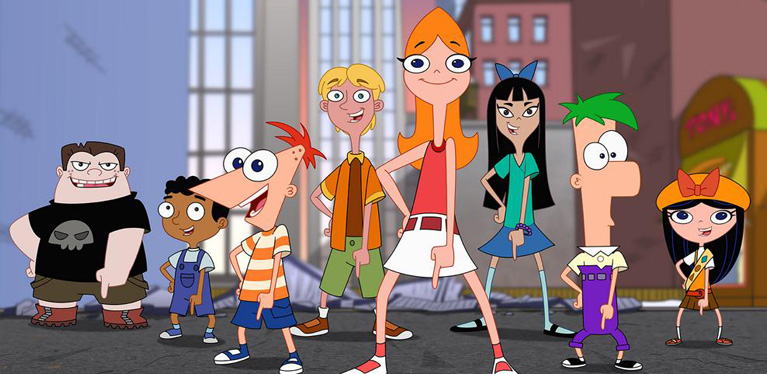When Walt Disney released his first five-minute film, Steamboat Willie, he never imagined that his cel-based animation would form the basis of an entire industry, committed to experimenting with and encouraging new styles in 2D and 3D animation. Since then the industry has grown, both in scope of application and importance in a variety of fields such as entertainment, education, medicine, commerce, and even defense. Several institutions, funded by both the government and private sectors, head various labs for the development of innovative techniques to bring objects to life on 2D and 3D screens.
The recent advancements in computer technology have now made it possible to create facial animation that cannot be distinguished from practical photography. In the early days, the characters’ faces were nothing more than hand-drawn painting sequences of images to create the illusion of movement. However, modern research and development of computer graphics has led to a stage where producers can create cinematic wonders such as Avatar. Facial animation has come a long way. Creative techniques such as Sparse Stereo Mesh have made it possible to take animation close to real life. Sparse Stereo Mesh was made to derive facial contours by reading data from customised markers, kept on the face, with the help of the camera lens. The incoming data is a three dimensional mesh of facial information, which is then processed on the 3D mesh in the application. The end result is a far more realistic facial reproduction of the character.
[youtube]http://www.youtube.com/watch?v=wwL5dQbmwUg[/youtube]
Video courtesy: Bloop Animation
For character animation, a large number of advanced techniques are being implemented in the industry today. Skeleton-based animation and motion capture advance are two methods that have grabbed the interest of every production studio from Pixar to Light & Magic.
Skeleton-based animation involves a ground plane, possessing a hierarchal order of the anatomy of the character. This allows for real physics to take over when the character is set into motion. Each section of the model represents a part of deformable objects. In order to get the character to move, the objects are attached to a skeleton, which is followed by the skin of the character.
While working with 2D and 3D space, motion capture advance is a noteworthy tool for character animation. It enables artists to realistically capture character motion with the help of practical photography. Its pipeline allows for detailed steps of calibration, capture, 3D position rearrangement, skeletal fitting, and finally post processing.
Most certainly, 2D and 3D techniques have come a long way in augmenting the reach of the animation industry. Besides the techniques listed above, several others such as morph target animation, and foward kinematics and inverse kinematics have a wide base of applications in leading movie, television and video game production studios.


